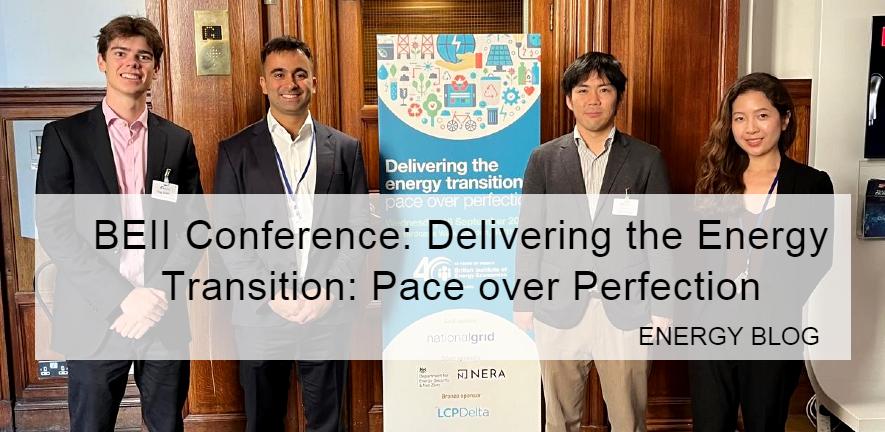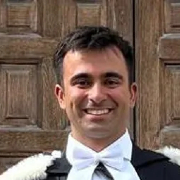
Students from the Cambridge University Energy Technology Society (CUETS) attended the British Institute of Energy Economics Conference, titled Delivering the Energy Transition: Pace over Perfection, on 18th September 2024.
By Hari Kukreja
Throughout the day we heard from policymakers, regulators and industry leaders, over three key panel sessions and accompanying keynotes.
A key theme of the conference was the new Labour government’s Clean Power by 2030 mission and its implications for all stakeholders within the energy industry. Achieving this mission will require significant expansion of renewable energy generation and storage, during simultaneous increases in power demand, due largely to the electrification of heat and transport end uses. There was consensus that this is a highly ambitious, yet just-about achievable target that will spur significant action within the industry.
A core debate was the balance between strategic planning and market-driven solutions. National Grid has announced £60B worth of investment in grid infrastructure over the next five years, with forecasts suggesting that trillions of pounds of investment in grid infrastructure will be required in the longer term.
However, some speakers suggested that the longer term nature of these infrastructure projects will mean they may have minimal effect on achieving Clean Power by 2030. Instead, it was suggested that optimisation of both supply and demand will be necessary to allow an increased proportion of renewable generation, despite its intermittent nature.
Reference was made to REMA and in particular to the merits of the current pricing model versus location marginal pricing (“LMP”). LMP proponents like Octopus Energy made the case that LMP can unlock demand-side flexibility and incentivise technological solutions in heating and EV charging to achieve this flexibility. However, the complexity of an LMP system, the increase in bills to certain households and the energy-literacy of the public were all cited as arguments against a change from a single price.
Regardless of the systems being used or the combination of energy technologies that may be pursued, the importance of clear direction from the government was raised repeatedly. It is crucial that the government’s Clean Power by 2030 mission and its other decarbonisation goals translate into a clear roadmap of policy and regulation. In turn, this will make the UK a more attractive prospect for investors, allowing it to compete for the large amounts of capital being invested in the Energy Transition.
This conference reinforced the fact that the Energy Transition is not just about technology - it includes policy, finance, and consumer engagement. As students, it was inspiring to see that there is so much progress being made towards decarbonisation of our energy system, as well as many interesting problems that still need to be solved. CUETS is very grateful to BIEE for including us at the conference!
The CUETS Michaelmas Term card is now available here.
|
|
Hari Kukreja is the co-President of the Cambridge University Energy Technology Society (CUETS). Hari graduated from St Edmund's College with a BA Natural Sciences (Chemistry) in 2024. He possesses a deep interest in the technologies of the Energy Transition and how they may be successfully deployed. Away from CUETS and Chemistry, Hari can often be found on the Cricket field. |


